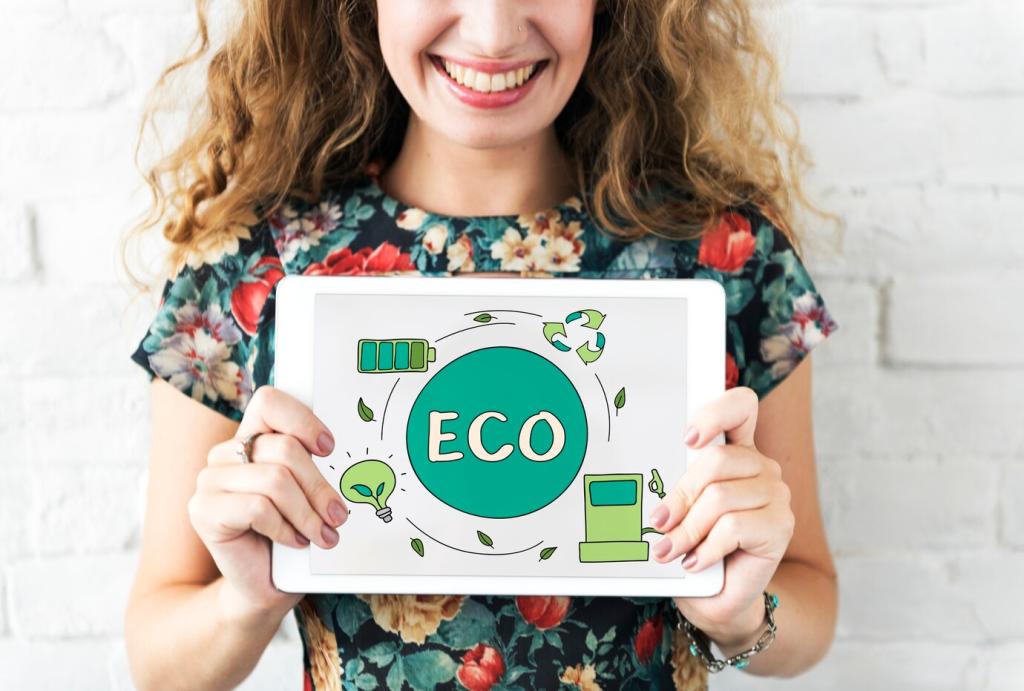Why Visual Storytelling Matters for Eco-Conscious Brands
Data matters, but emotions drive action. A well-composed image of a restored shoreline or a worker repairing gear reveals stakes and solutions in a single glance, converting silent approval into genuine, sustained advocacy.
Why Visual Storytelling Matters for Eco-Conscious Brands
Show the real journey: prototypes, process hiccups, supplier visits, and material sourcing. Authentic visuals communicate accountability, inviting your audience to inspect the details and stay for the evolution, not just the polished final reveal.





